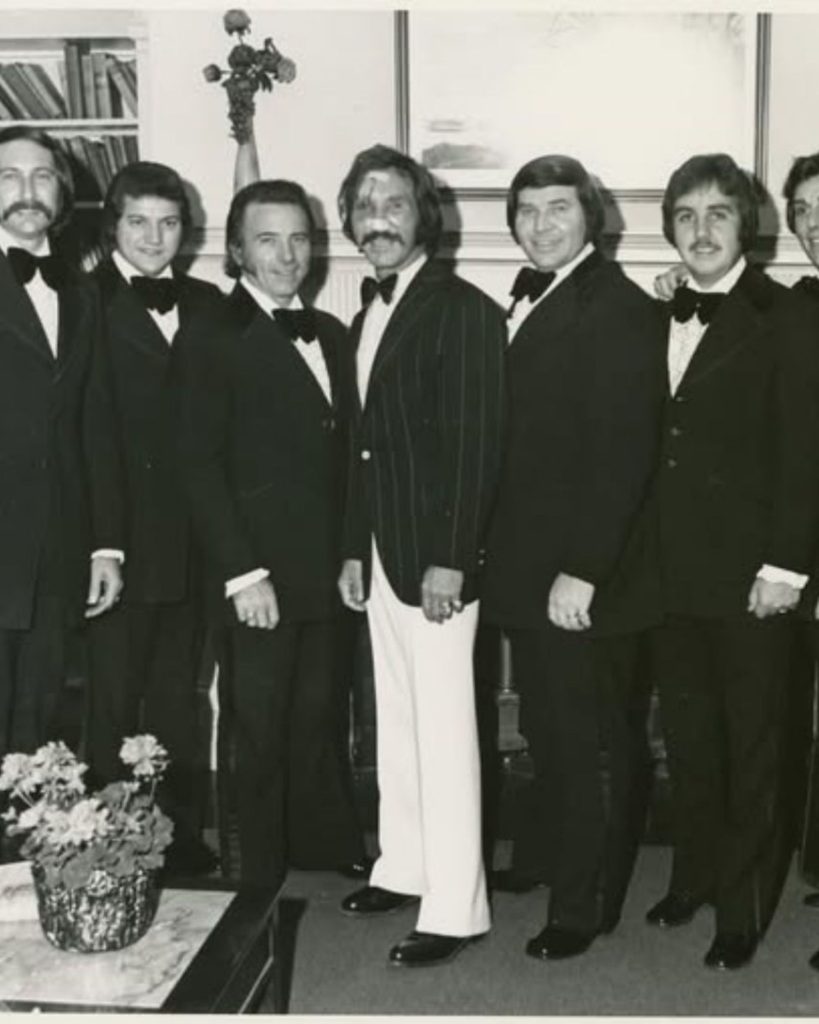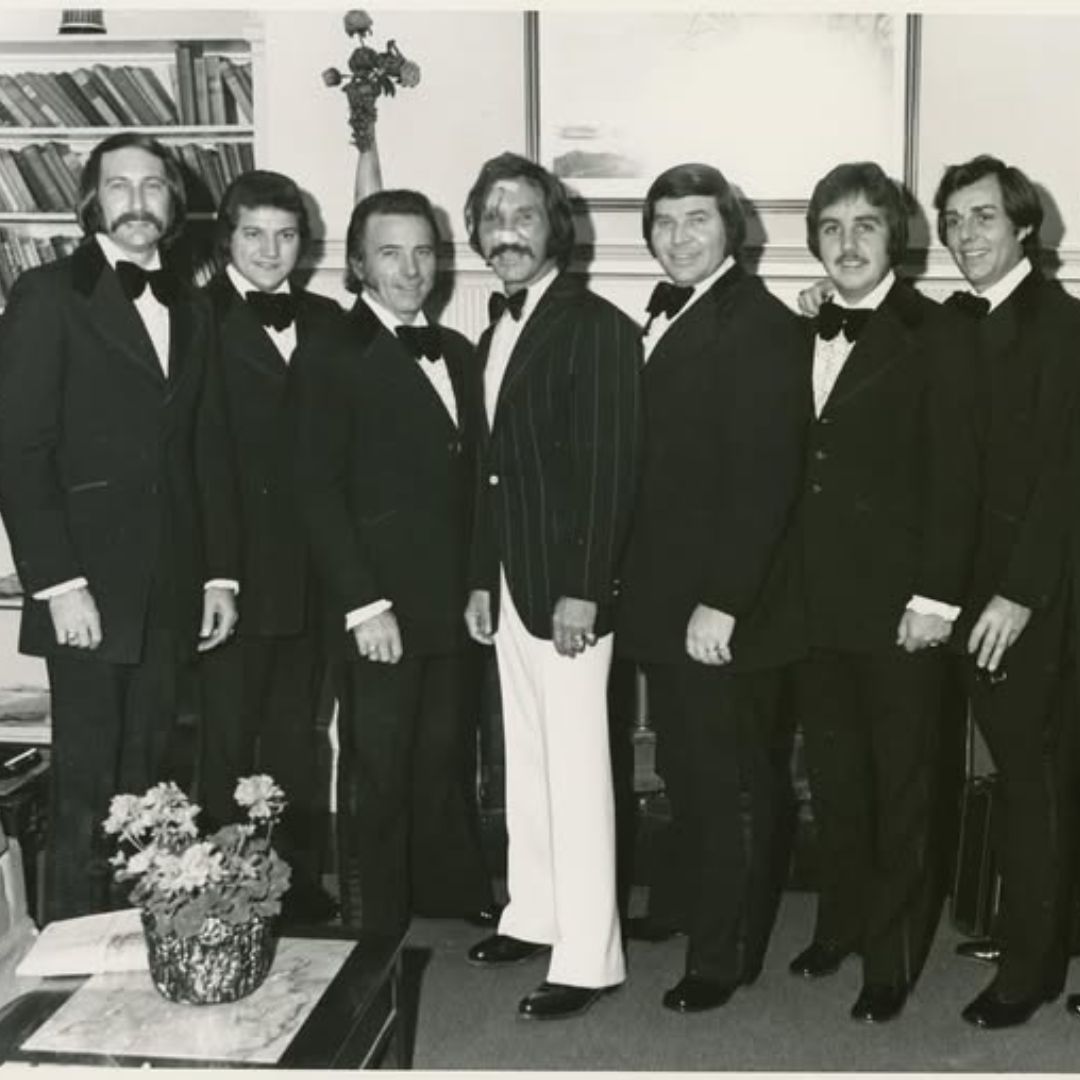“Scroll down to the end of the article to listen to music.”

THE PHOTO THAT BROKE EVERY FAN’S HEART
It was May 1974 at the Charlotte 500 — a day meant for speed, not sacrifice. Marty Robbins wasn’t just the country singer with a golden voice; he was also a man who loved the smell of gasoline and the roar of engines. Behind the wheel of his bright purple #42 Dodge, he looked more like a racer than a star. But two laps in, chaos hit. A pileup ahead sent cars spinning like pinballs — one of them belonged to his friend, Richard Childress. In that split second, Marty had a choice: hit the brakes and hope, or steer straight into the wall to avoid slamming into Childress. He chose the wall.
The crash was violent. His collarbone shattered. Two ribs cracked. His tailbone fractured. His face tore open from temple to jaw — thirty-two stitches to patch it together. When medics pulled him out, the crowd thought his racing days — maybe even his singing days — were over. But Marty wasn’t built that way. He was the kind of man who faced pain with a smile and danger with a joke.
Just a few days later, he showed up at a formal gig in Nashville. Suit pressed, hair slicked back, scars still fresh. When the lights hit his face, the audience gasped — but Marty just grinned. “Guess I hit the high notes and the wall the same week,” he quipped. The band laughed, and then he sang like nothing had happened. No sign of fear, no sign of weakness.
A fan snapped a photo that night — Marty in a tuxedo, smiling wide, the faint line of stitches still visible under the stage lights. That photo spread like wildfire through the country music world. People didn’t see a celebrity; they saw a man who had literally bled for kindness. A man who could crash to save a friend, then show up days later to sing his heart out.
Today, that same photograph hangs in the NASCAR Hall of Fame — not for his victories on the track, but for his courage off it. It reminds everyone who passes by that true heroism doesn’t need a spotlight. Sometimes it’s just a country boy in a tuxedo, smiling through the pain, proving that real bravery doesn’t come from winning… it comes from caring.
There’s a reason Marty Robbins’ name still echoes through the dust of the old West.
He didn’t just sing stories — he lived them.
After surviving that crash in ’74, fans said his courage reminded them of the lone ranger in his own song, the man with the “Big Iron on his hip.”
It’s the kind of song that paints pictures in your mind — dusty roads, quiet towns, and a showdown waiting at sunrise.
Let’s go back to where it all began — to the voice that turned cowboy tales into legends.
